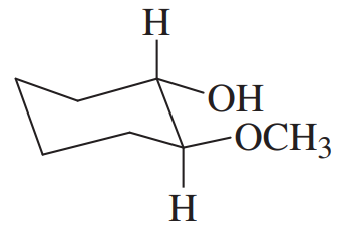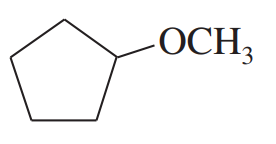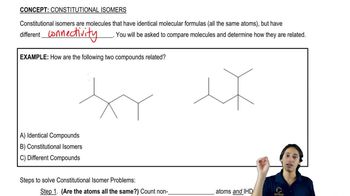a. What is each compound’s systematic name?
b. Draw a skeletal structure for each condensed structure given and draw a condensed structure for each skeletal structure.
7.
8. CH3OCH2CH2CH2OCH3


 Verified step by step guidance
Verified step by step guidance Verified video answer for a similar problem:
Verified video answer for a similar problem:



 1:32m
1:32mMaster How to name ethers using the common naming system. with a bite sized video explanation from Johnny
Start learning